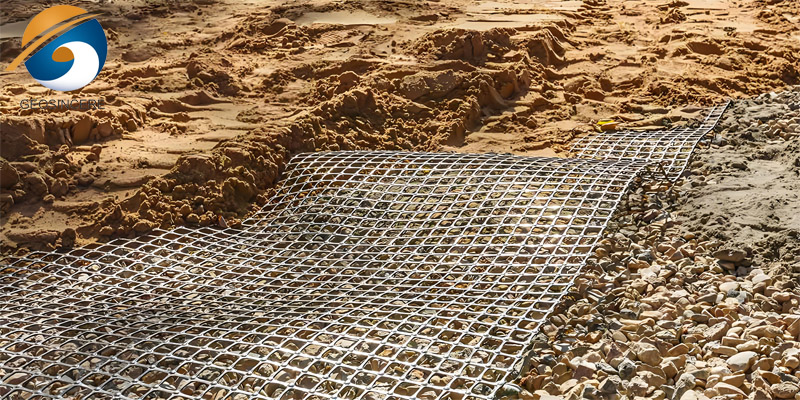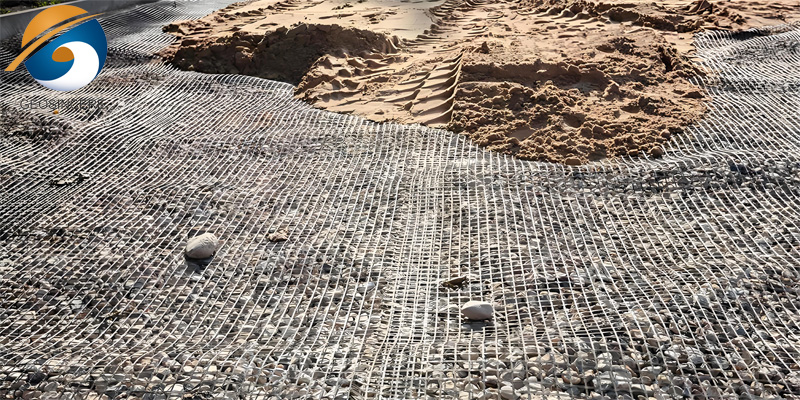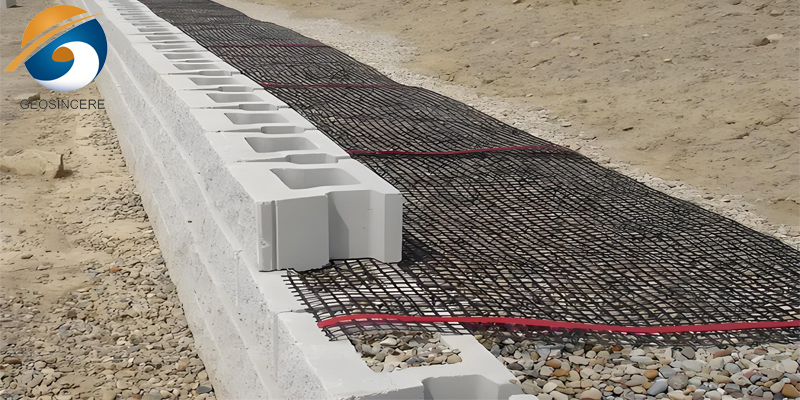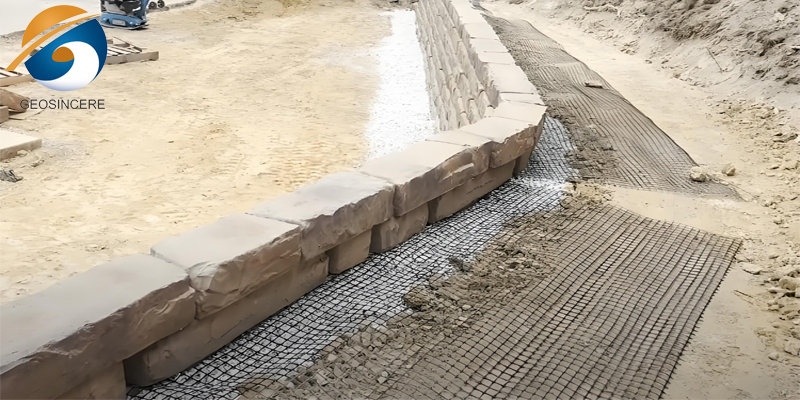How To Install Geogrid Retaining Wall?
Building a Geogrid Retaining Wall is not just a practical solution for soil stabilization; it’s an opportunity to enhance the aesthetic appeal of your landscape while providing long-lasting support. Whether you're tackling a sloped yard, creating a garden terrace, or managing erosion, a geogrid retaining wall can effectively hold back soil and prevent collapse. This innovative method combines the strength of geogrid with the versatility of various facing materials, making it an increasingly popular choice among DIY enthusiasts and professional landscapers alike. In this guide, we’ll walk you through the essential steps of installing a geogrid retaining wall, ensuring that your project is both structurally sound and visually appealing. Let's get started!
1. What Is A Geogrid Retaining Wall?
A geogrid retaining wall is an engineered structure designed to support and stabilize soil, preventing erosion and providing a durable solution for various landscaping and civil engineering applications. This type of wall utilizes geogrids—high-strength polymer grids that are specifically designed to reinforce soil and improve its load-bearing capacity.
1.1 Key Features:
- Soil Reinforcement: Geogrids improve the stability of the soil by distributing loads and increasing resistance to sliding and settling.
- Versatile Applications: Ideal for retaining walls, slopes, embankments, and earth structures in both residential and commercial projects.
- Aesthetic Choices: Can be paired with various facing materials, such as natural stone, concrete blocks, or vegetation, allowing for customizable designs that blend with the environment.
- Cost-Effective: Offers a durable solution that can reduce the need for traditional heavy wall structures, leading to lower material and labor costs.
1.2 Benefits:
- Durability: Geogrids are resistant to environmental factors, including UV radiation and chemical exposure, ensuring long-lasting performance.
- Ease of Installation: Lightweight and easy to handle, geogrids can be quickly installed, saving time and labor costs.
- Sustainability: Promotes effective soil management and can reduce the environmental impact of construction projects.
In summary, a geogrid retaining wall is an innovative and effective solution for managing soil stability and erosion while offering aesthetic flexibility and long-term durability. Whether for a garden project or large-scale infrastructure, geogrid retaining walls provide a reliable foundation for a variety of applications.
2. How to Install a Geogrid Retaining Wall?
Installing a geogrid retaining wall involves several steps to ensure stability and durability. Here’s a step-by-step guide to help you through the process:
Materials Needed:
- Retaining wall blocks or facing material
- Gravel or crushed stone
- Compactor
- Level
- Shovel
- Geotextile fabric (optional)
- Landscape fabric (optional)
- Drainage pipe (if needed)
Step-by-Step Installation:
2.1 Site Preparation
- Clear the area of vegetation, debris, and any loose soil.
- Determine the wall alignment and mark it using stakes and string.
2.2 Excavate the Area
- Dig a trench along the marked line. The trench should be deep enough to accommodate the base of the retaining wall blocks and the gravel layer (typically 6 to 12 inches deep).
2.3 Create a Level Base
- Add a layer of gravel or crushed stone at the bottom of the trench to create a stable, level base. Compact this layer thoroughly using a compactor.
2.4 Install the First Course of Blocks
- Lay the first course of retaining wall blocks on the compacted gravel. Use a level to ensure they are even and adjust as necessary.
2.5 Place Geogrid Layers
- Cut the geogrid to the required length, ensuring it extends beyond the backfill area.
- Lay the first layer of geogrid perpendicular to the wall and extend it back into the retained soil. Secure it in place as needed.
2.6 Backfill with Gravel
- Add a layer of gravel behind the wall, ensuring it is compacted to provide stability. This layer should be about 6 inches deep initially.
2.7 Repeat the Process
- Continue to build the wall by adding additional courses of blocks, geogrid layers, and backfill. Ensure each layer of geogrid is installed at the appropriate intervals (typically every 1 to 2 feet in height).
2.8 Install Drainage (if needed)
- For walls subject to hydrostatic pressure, install drainage pipes at the base of the wall to direct water away from the structure.
2.9 Finish the Top
- Once the desired height is reached, cap the wall with the final layer of blocks or a decorative finish.
2.10 Final Backfill and Compaction
- Backfill the remaining area behind the wall with soil, ensuring proper compaction to prevent settling.
3. What is the difference between geogrid and Geoweb?
Both materials are crucial in geotechnical applications but serve different roles: geogrids reinforce soil, while geowebs stabilize and control erosion. The choice depends on project requirements.
3.1 Definition
- Geogrid: A planar, grid-like polymer structure that reinforces soil and improves load-bearing capacity through interconnected ribs.
- Geoweb: A three-dimensional cellular confinement system made of interconnected cells, used for soil stabilization, erosion management, and supporting vegetation.
3.2 Structure
- Geogrid: Flat and two-dimensional with openings for soil flow, suitable for retaining walls and roadways.
- Geoweb: Expands laterally when filled, providing greater confinement and stability, ideal for slopes and erosion control.
3.3 Applications
- Geogrid: Used in soil reinforcement, retaining walls, pavements, and embankments.
- Geoweb: Focused on slope stabilization, erosion control, and promoting vegetation growth.
3.4 Performance
- Geogrid: Enhances tensile strength and load distribution, reducing soil deformation.
- Geoweb: Offers lateral confinement to prevent erosion and supports effective drainage.
4. Conclusion
Installing a geogrid retaining wall requires careful planning and execution to ensure stability and effectiveness. By following these steps and using quality materials, you can create a durable structure that enhances your landscape and prevents soil erosion. Always check local regulations and guidelines to ensure compliance with building codes.








